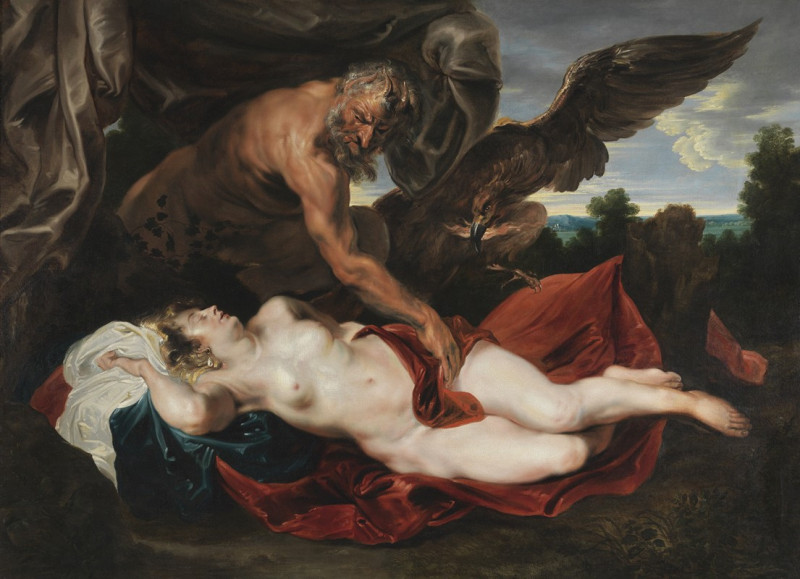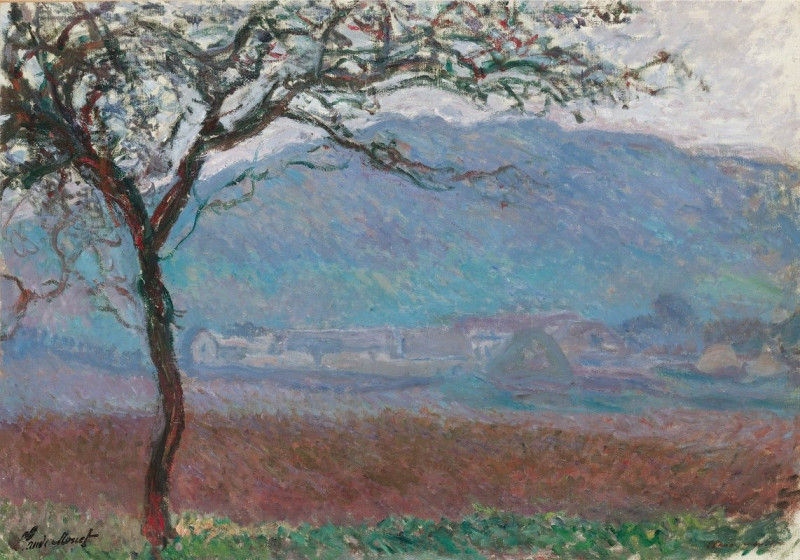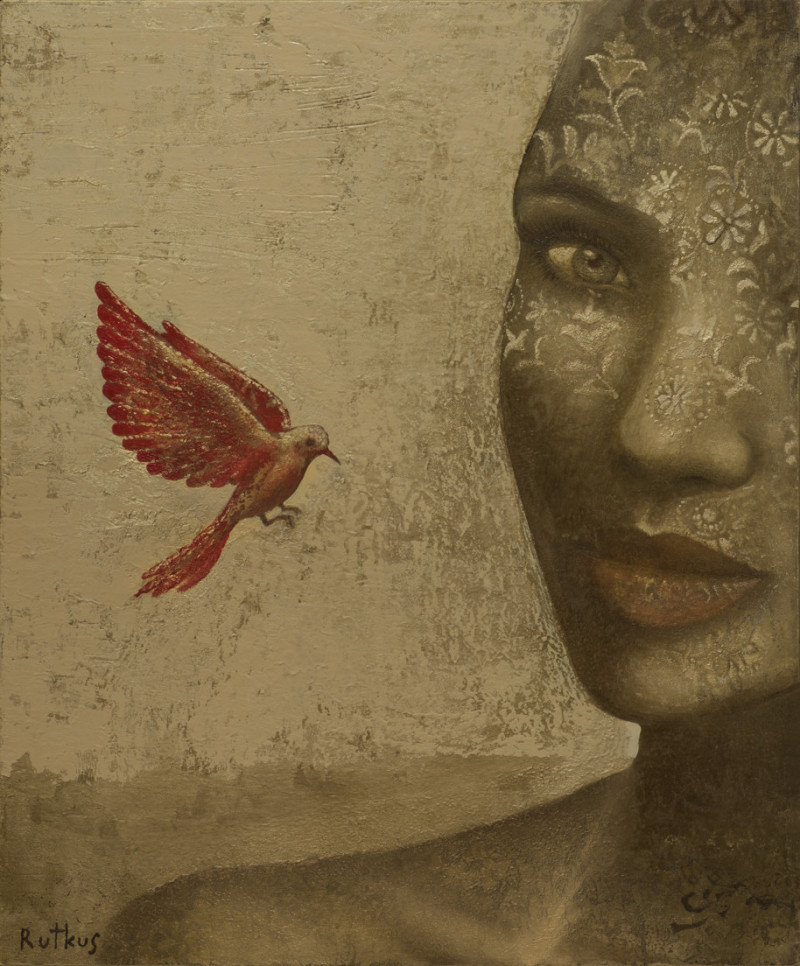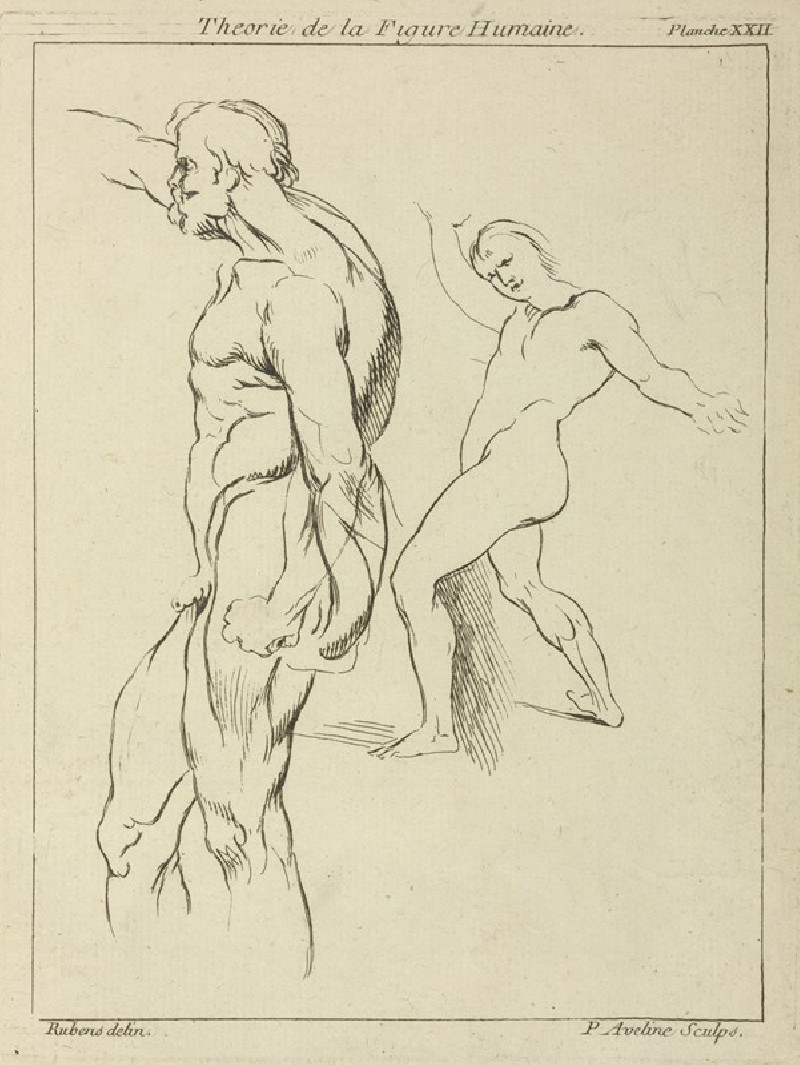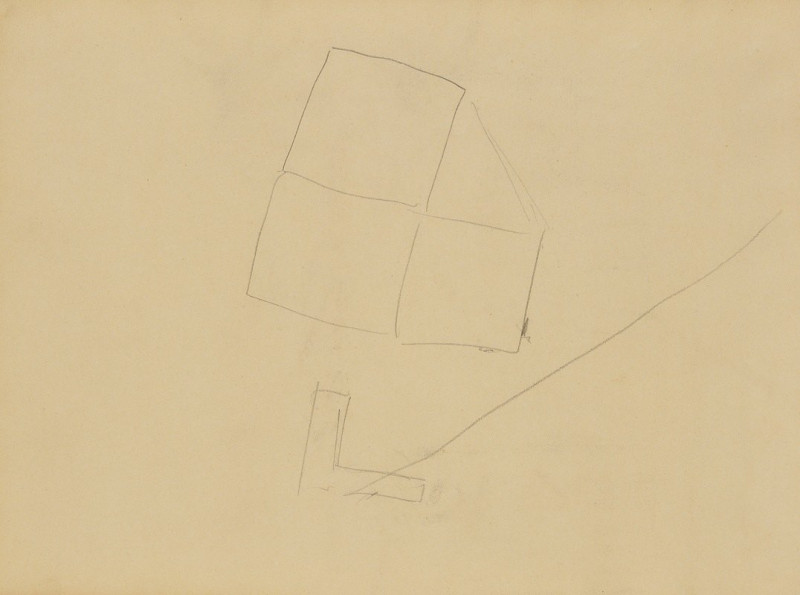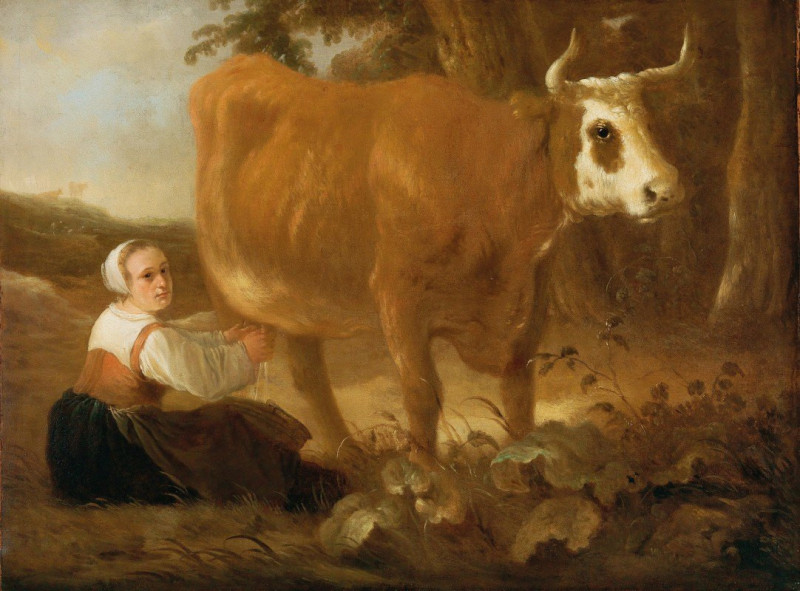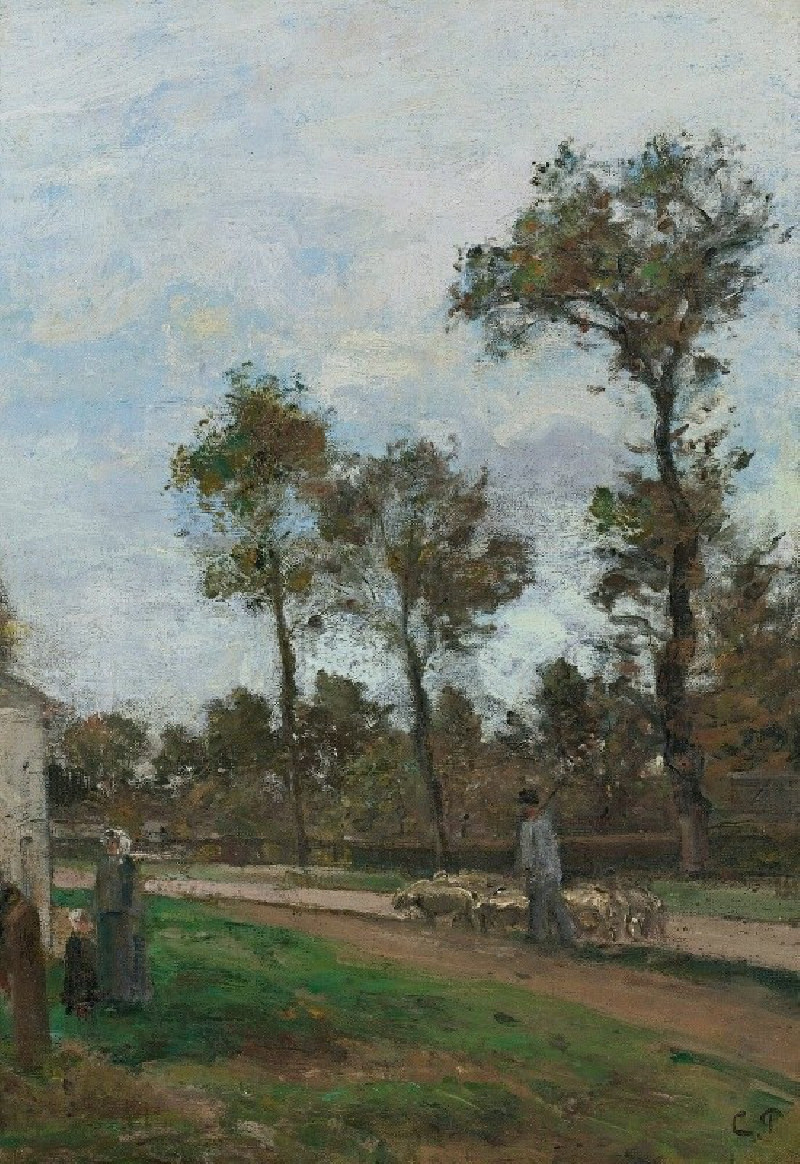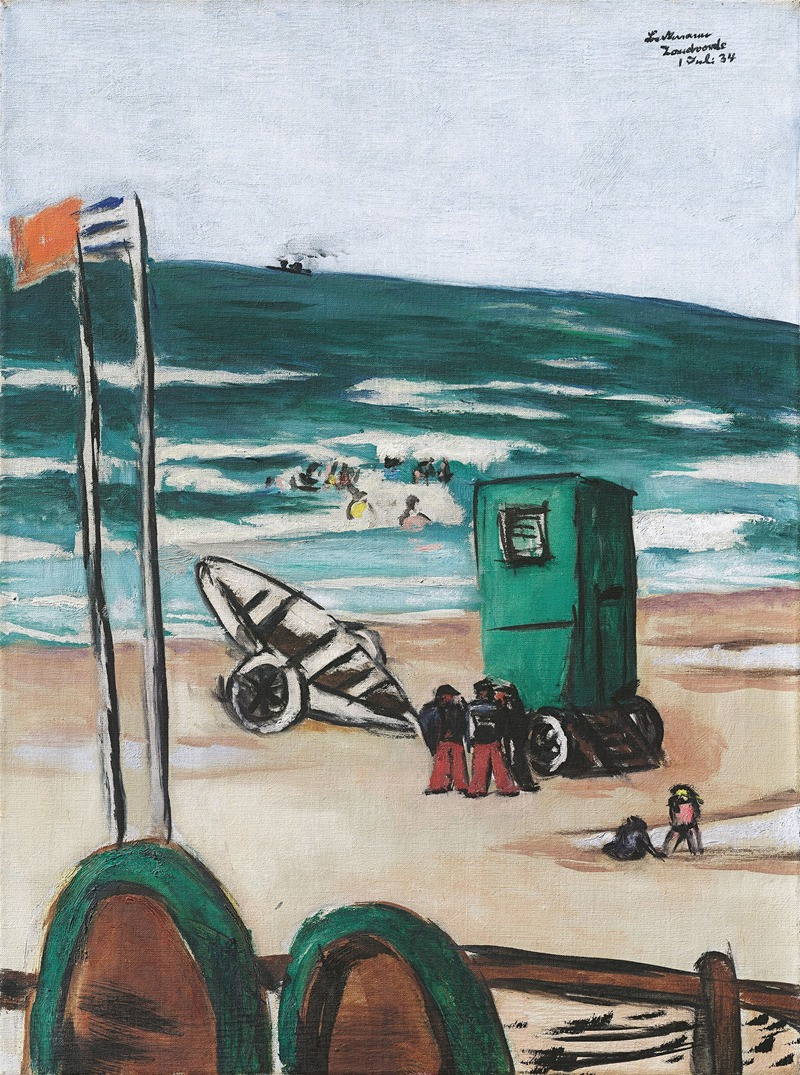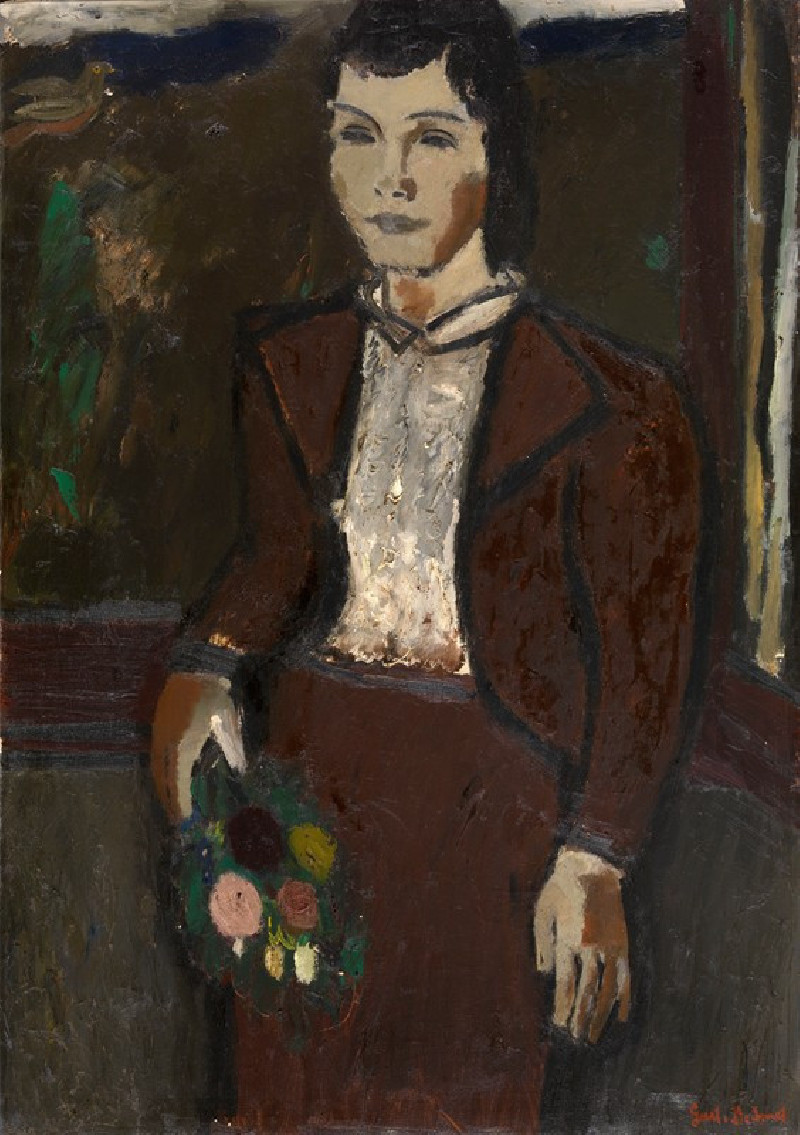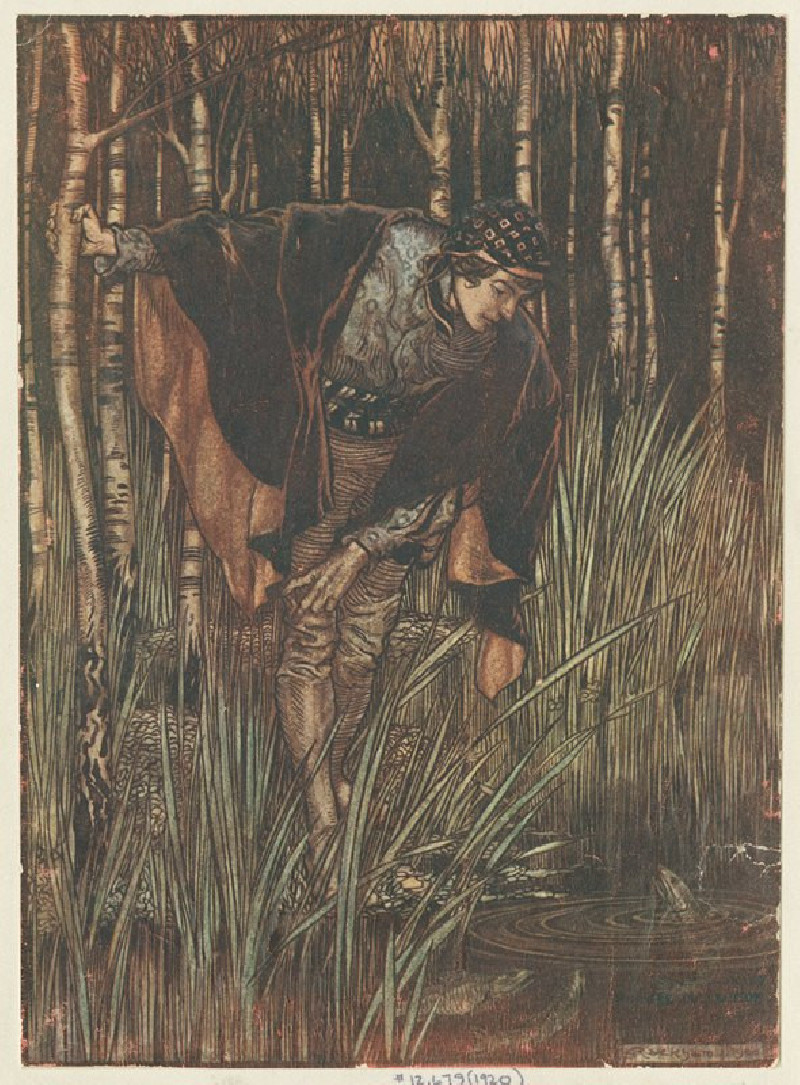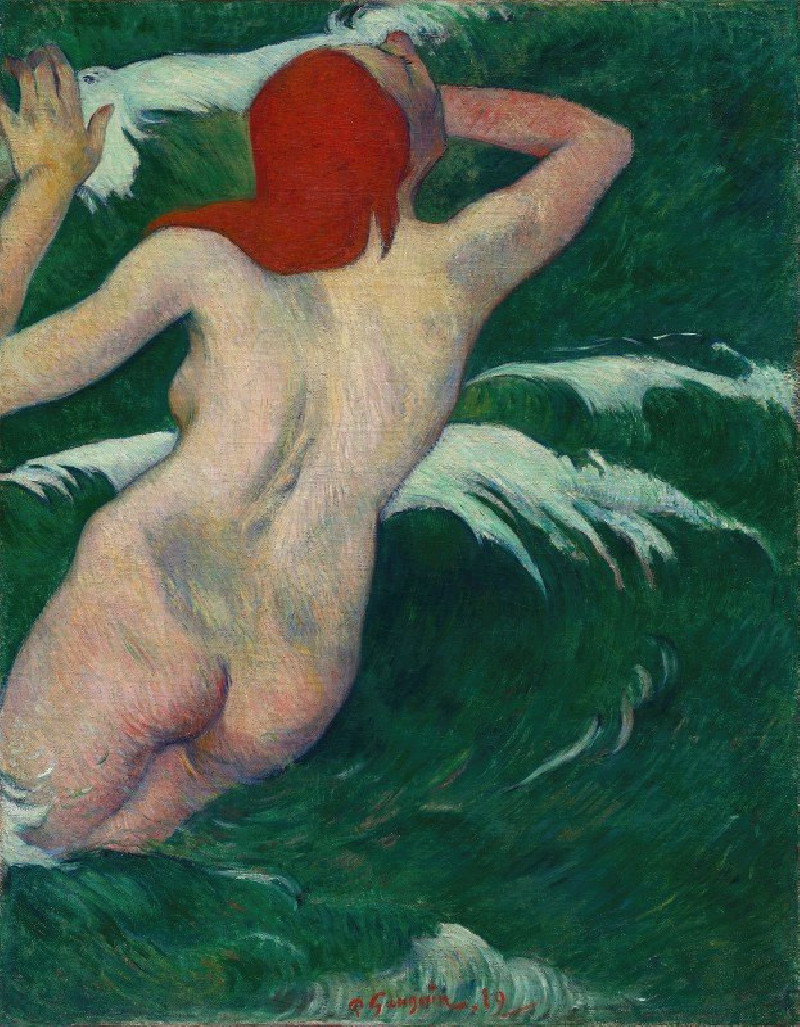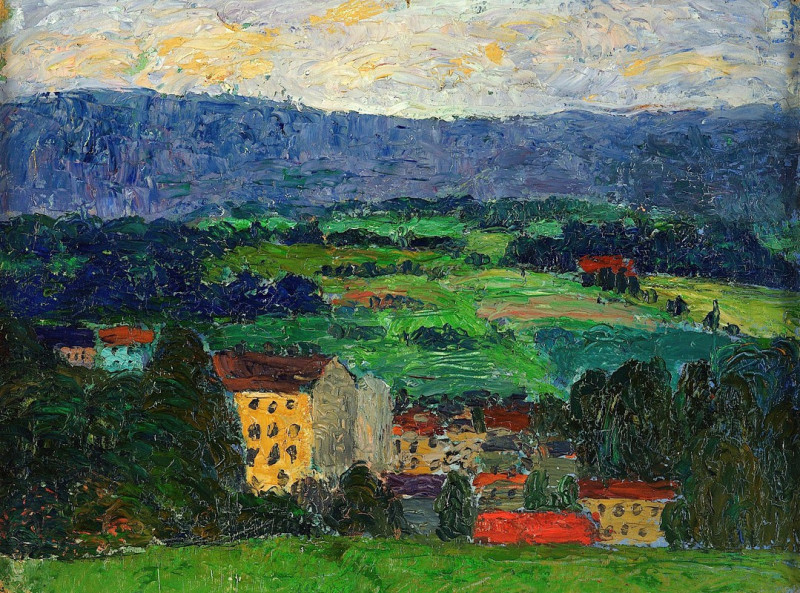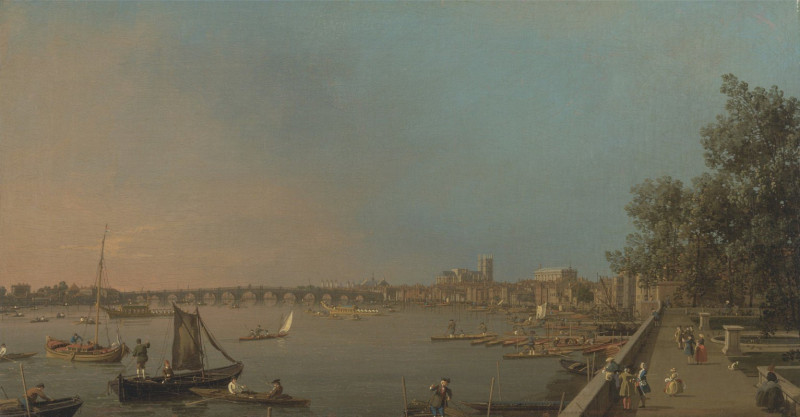Jupiter and Antiope (circa 1620)
Technique: Giclée quality print
Recommended by our customers
More about this artwork
"Jupiter and Antiope" is a captivating oil painting created around 1620 by the Flemish artist Anthony van Dyck, a prominent figure in the Baroque art movement. This artwork masterfully illustrates a scene from classical mythology, depicting Jupiter, the king of the gods, having transformed himself into a satyr to approach the sleeping nymph Antiope.The painting captures a moment of tense and dramatic intimacy. Antiope is portrayed reclining gracefully in a deep sleep, her body draped in a rich, red cloth that contrasts with her pale, luminous skin, underlining the vulnerability of her slumber. Above her looms Jupiter, rendered with muscularity and rough features characteristic of a satyr, including pointed, bestial ears and a shaggy mane. His expression is a mix of desire and trepidation as he reaches out to touch Antiope, adding a psychological depth to the scene.A giant eagle, often associated with Jupiter and symbolizing his divine presence, perches menacingly behind him, intensifying the dynamic composition of the painting. The background opens up to a serene landscape, providing a stark contrast to the foreground's charged encounter.Van Dyck’s use of chiaroscuro – the stark contrasts of light and shadow – enhances the three-dimensionality of the figures while guiding the viewer’s focus onto the central narrative. His skillful brushwork, particularly in the rendering of textures from the softness of Antiope's skin to the roughness of Jupiter’s cloak and the eagle’s feathers, showcases his mastery in portraying complex human emotions and tactile details."Jupiter and Antiope" is not just a visual representation but a story of power, seduction, and transformation that resonates with the viewer, inviting them to reflect on the interplay of the divine and the mortal.
Delivery
Returns
Sir Anthony van Dyck (1599 – 1641) was a Flemish Baroque artist who became the leading court painter in England after success in the Spanish Netherlands and Italy.
The seventh child of Frans van Dyck, a wealthy Antwerp silk merchant, Anthony painted from an early age. He was successful as an independent painter in his late teens, and became a master in the Antwerp guild in 1618. By this time he was working in the studio of the leading northern painter of the day, Peter Paul Rubens, who became a major influence on his work.

